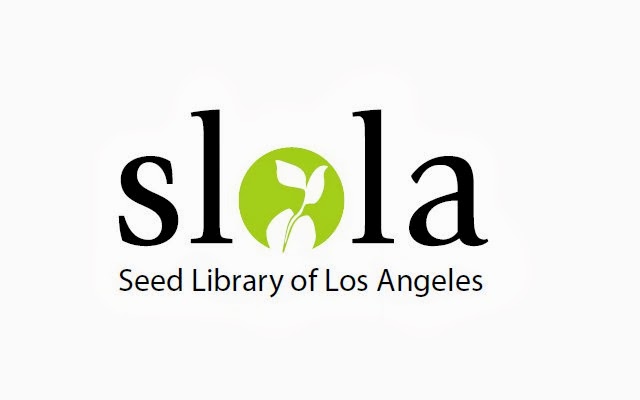Getting Started
This is a project in which a little organization goes a long way. Label your seeds at every step of the way. Ideally, this means labeling the plant which is the source of seed, the harvested seeds as they dry, the storage containers in which they lay dormant, and the seedlings when you grow them again. When labeling plants, you will want to include at least the following information: name of variety, where or who you got it from, when you got it, any defining characteristics like drought tolerance or unusual color, and any special care instructions such as early planting date or soil preparation. It may seem like a lot of information, but it will help you down the road!
Certain plants pollinate themselves, and others are cross-pollinated by insects and/or wind. When cross-pollination happens between varieties, a hybrid is produced. This is undesirable to seed savers because hybrids often don’t produce “true to type”, meaning that the child plants will not look like the parent plant and may even be sterile. So take note of where other plants of the same species are located near your growing space and attempt to isolate plants from being cross pollinated by wind or insects. It’s a good idea to consult a written growing guide or expert familiar with your area when establishing safe isolation distances for a particular plant.
Harvest
Seeds can generally be harvested once the plant completes its growth cycle. Select seed only from plants that performed strongly and are disease free. Flowers are usually ready about a month after flowering, when the plant begins to dry and petals drop. For fruits and vegetables, this means leaving them on the plant about a week past normal harvest ripeness. Harvest before it starts to rot on the plant, as this creates heat that may kill the seed embryo. Some plants forcefully eject seeds from the parent plant. With these types, you will have to watch closely as harvest time approaches so you don’t literally lose your seed to the wind!
Once dry, seeds should be stored immediately so that they don’t reabsorb water from the surrounding air and possibly trigger germination. A popular method for storing seeds is in small paper envelopes, which are easy to label and stack in a jar. This larger jar should be secured to prevent moisture from getting in, but not completely airtight, or it will prevent seeds from transferring necessary gasses while in dormancy. Seeds stored like this in a freezer can remain viable for many years. Alternately, they may be stored in a refrigerator for a somewhat shorter time, perhaps a few seasons. The goal is that they be held at a constant temperature in cool dry conditions which mimic those of winter.
Community
The perpetual cycle of pollinating, harvesting, storing, and growing different seeds is something that gardeners may find daunting to take on alone. It is for this reason, among others, that a new storage model, the seed library, was born. By dividing the duties of maintaining viability between many members, seed libraries allow a variety of seed types to be preserved which would be impossible for the individual gardener. Growing seed within a community also strengthens the seed for local conditions and allows a potential grower to benefit from the collective knowledge of all who have grown that variety. The Seed Library of Los Angeles (SLOLA), which recently was awarded the prestigious 2011 SEED Resource Preservation Award, is a repository for vegetable and other food seeds adapted to Los Angeles’ many micro-climates, and is a source of quality seed and growing information. For more about SLOLA, incuding a calendar of upcoming meetings, visit www.slola.org. Expert advice can also be obtained via the Master Gardener program, a network of growers certified by the county to assist residents with cultivation information. Most area community gardens are run by or have contacts with local Master Gardeners, and this can be another valuable resource for those interested in saving seeds.
By nurturing plants through the entire cycle of life and rebirth, it is possible that the one tasty heirloom tomato you plant today could still be feeding the families of your grandchildren. And wouldn’t that be a lovely gift for their future?
(photos by Kathryn Brown)
david

No comments:
Post a Comment